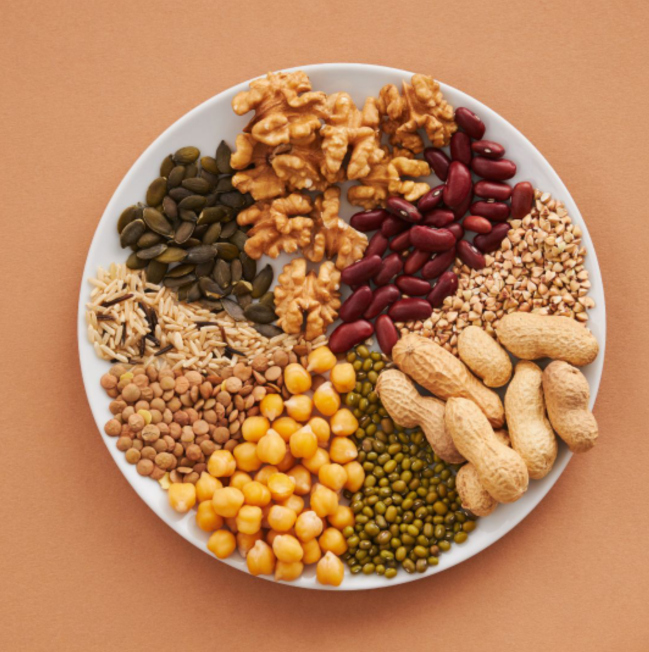Sitting for hours at a desk may be taking a toll on body and mind, but getting in movement doesn’t have to be a challenge. There are quick and easy changes that can reduce your stress, improve your posture, and boost your productivity.
- Taking Breaks
You can set a timer to get up and move around every 45 mins or so. Movement can include a simple walk around the office, stretching, or light exercises–which can reduce muscle tightness and improve circulation.
- Desk Stretches
You can incorporate stretches into your daily routine to alleviate tension in the neck, shoulders, and back. Shoulder rolls, neck tilts, and seated spinal twists are a few simple stretches you can incorporate into the day to improve flexibility and posture.
- Using a Standing Desk
If available, use a standing desk that allows you to both sit and stand at different times throughout the day. If you can stand for just 10-15 minutes every hour–you can significantly decrease the effects of long-term sitting.
- Walk and Talk
When you can, start walking when you take your calls or meetings. If your work allows, get up and walk around while discussing projects. You are able to stay productive while also staying active throughout the day.
- Lunch Walks
Make a habit to go outside for a quick walk during your break. A little walk can clear your mind, boost energy levels, and improve your mood for the rest of the day.
- Desk Exercises
Trying simple exercises such as seated leg lifts, calf raises, and seated marches can engage your muscles and promote circulation without leaving your desk. Even smaller movements can add up, so don’t hesitate to incorporate them–they can go a long way.
Increasing your activity throughout the workday is one of the ways you can maintain good physical and mental health while reducing your stress levels. Simple changes can make a large impact and will leave you feeling more energized and motivated.
Dr. Barbara R. Edwards is an experienced Penn Medicine Princeton Health internist who has practiced medicine for over 25 years. She is also the academic director of the Ambulatory Residency Program at Penn Medicine Princeton Health.






